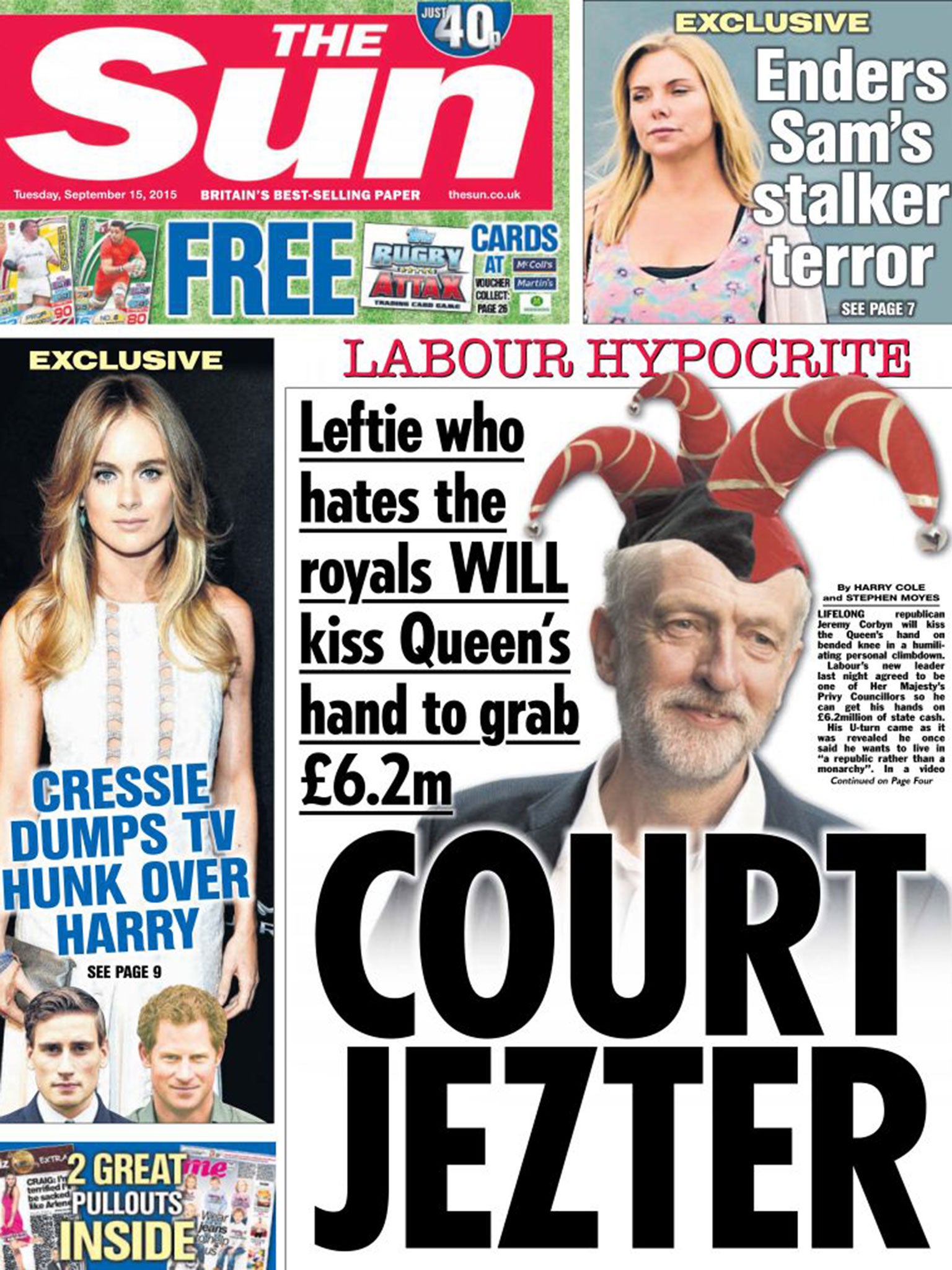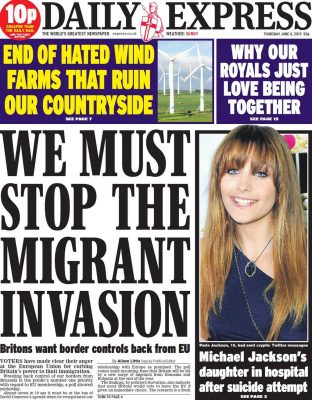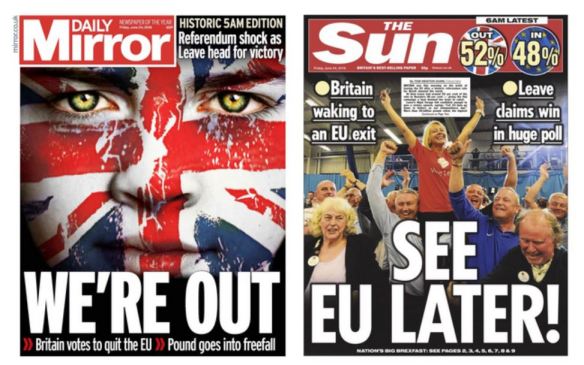What do you notice about the difference in content and how the articles convey this information? Why do you think that is?
The Daily Mirror's journalisms seems to be much more invasive as it names the twin siblings which is unnecessary information. The Daily Mirror also state that the father might not be the real father and that he has 'mental problems'→this provides us with more information relating to the article. The fact that this newspaper mentions 'mental problems' suggests they feel comfortable to blame this tragic incident on mental health.
You can see from the choice of pictures that the Daily Mirror are interfering at a higher level than the Times because they use a close up picture of both the twin children which is very personal. They have also decided to choose a picture of the parents which again adds more detail.
In the Times, they never state that the father used a hammer and they don't really provide a background of the family suggesting that they don't want to intrude on the family who have just lost their child, this shows that the Times seem to be more considerate and compassionate. Instead of questioning the immediate family, the journalists seem to ask the neighbours of the family to find out what happened as witnesses.
The choice of pictures in this newspaper are a lot more understated and less intrusive, they choose to use the picture of the street where it happened rather than the actual house and don't show a picture of the sister who didn't get killed to keep her life more private.
←Daily Mirror
The Times→
|
|
THE TIMES |
DAILY MIRROR |
|
Who was involved? |
A one-year old boy and his twin sister along with both parents and witnesses of the accident |
Twin brother and sister- Gabriel and Maria and parents Cristinela and Bidhya Das |
|
What happened? |
Twin boy dies and his twin sister is critically injured by Bidhya Sagar Das (father) |
The young boy was killed in a hammer attack, committed by his father. |
|
Where did it happen? |
Finsbury Park, North London |
In the twins home, in the back of the property in Hackney, North London. The building is supposed to be owned by the ‘Pembury Hotel’ |
|
When did it happen? |
11:10pm, Saturday night on 18th march 2017 |
At 11:10pm on Saturday, 18th March, 2017 |
|
How did it happen? |
The dad attacked his twin toddlers |
Father attacked his two children with a hammer |
|
Why did it happen? |
|
Father allegedly has ‘mental problems’ and the twins might not actually have been his children |
|
|
|
|
















